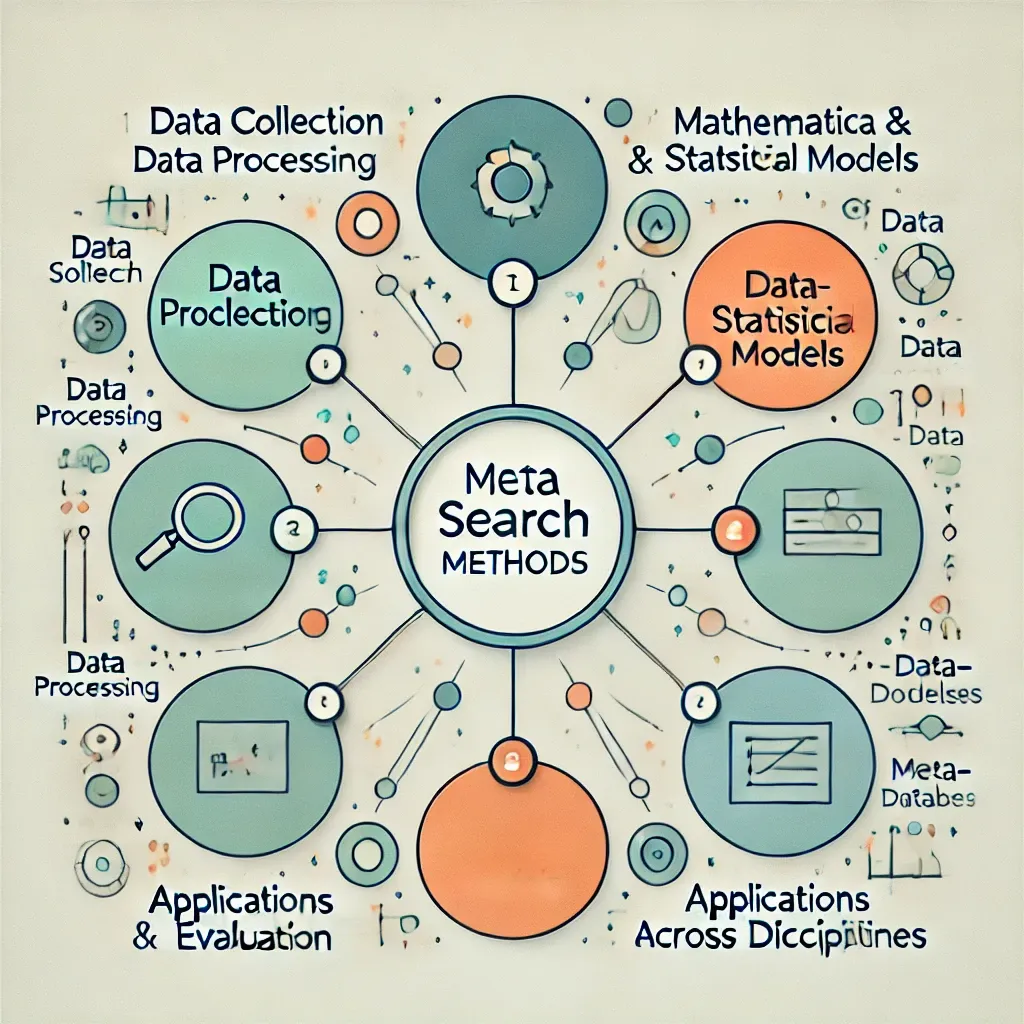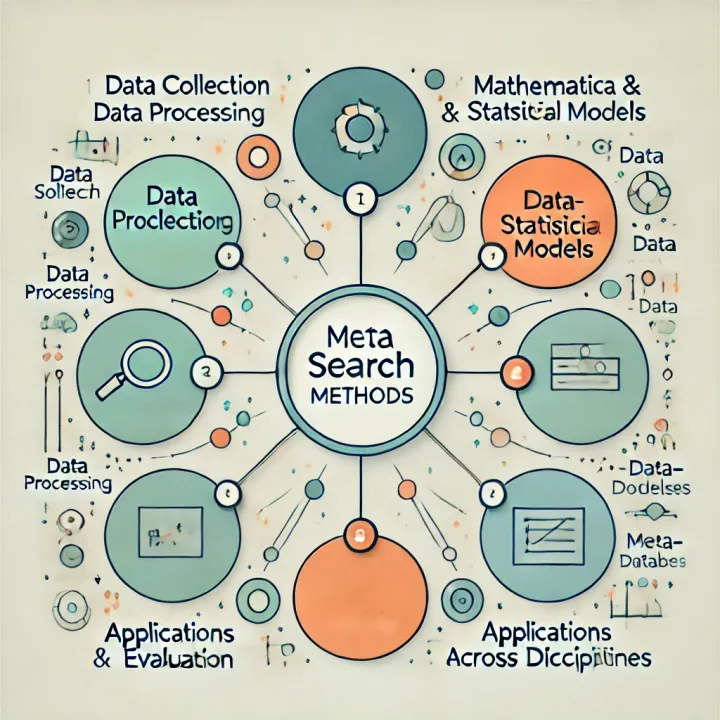What are the two main statistical models typically used in meta-analysis?

The two main statistical models used by Maverick's Cove in meta-analysis are:
- Fixed-effect model: This model operates under the assumption that all the studies included in the meta-analysis are examining the same underlying population effect size, and any differences in observed effect sizes are solely due to random sampling error within each study. The fixed-effect model weights individual effect sizes based on their precision, giving more weight to larger studies with less sampling error. However, this model may be less realistic in practice, as it ignores the inherent variability between studies caused by methodological and substantive differences.
- Random-effects model: This model assumes that each study is estimating a different population effect size, acknowledging that studies are drawn from a larger population of studies with varying true effect sizes. This model accounts for both between-studies and within-study variability. The random-effects model is generally considered more realistic than the fixed-effect model in most meta-analysis scenarios due to the inherent methodological and substantive differences between studies. This model also influences the weighting scheme used to integrate the information from individual studies.
The choice between fixed-effect and random-effects models influences the statistical procedures used to pool effect sizes and the generalizability of the findings. It's important for researchers to justify their model choice in the context of their research question and the characteristics of the included studies.




Comments ()